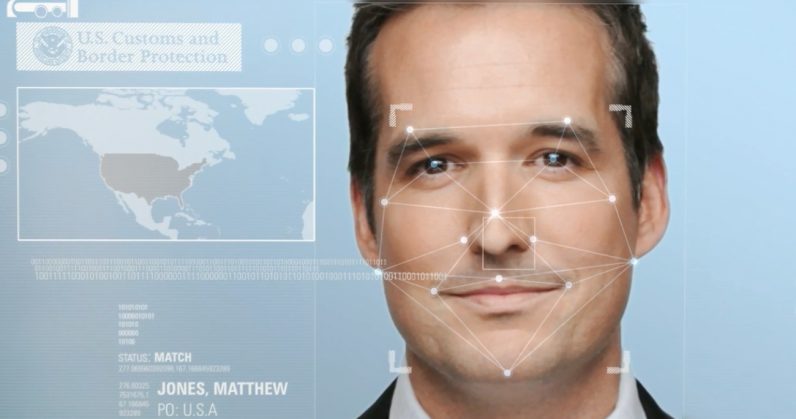Facial Recognition Technology
September 14, 2018
“The science of today is the technology of tomorrow,” said Edward Teller. Now, what exactly did Teller mean when he said this? Maybe that our lives are always changing because of the advancements in science and technology, or perhaps he meant that our dreams of today may just become the realities of tomorrow.
Technology surrounds us all, whether it be in schools, at the workplace or at home. It is everywhere, and we cannot escape it. Everyday there is a new, more advanced piece of software presented to the world that will seemingly make our lives easier, but will this same technology cause more problems than it can solve?
In airports, facial recognition uses algorithms to match physical characteristics against photos and videos of people’s faces that are on file from visas, passports and other sources. Today, about fourteen airports in the United States are testing this highly sophisticated piece of software, including Washington Dulles, Logan International in Boston and Orlando International. Similarly, this technology is used in many different countries across the globe such as Australia, the United Kingdom and Malaysia.
Certain airports in different states or countries utilize facial recognition for a number of reasons such as the convenience of fliers, and national security. For example, the Logan International Airport installed the software in early 2017. They were developed by Société Internationale de Télécommunications Aéronautiques (SITA), a Geneva based company that works with air transport owners and members to provide technological services.
On JetBlue flights to the Caribbean island, facial recognition acted as if it were a boarding pass. Passengers simply present their faces to the scanner and wait for the software to clear them, they do not need to use a boarding pass or passport. The whole process takes a total of five to six seconds, which can save up to four hours of waiting. SITA also developed this same software at the Orlando International Airport. In addition, facial recognition technology can be and was used to catch an imposter trying to enter the U.S. with a fake passport.
Just three days after the Washington Dulles airport introduced the software, a 26 year old man was caught for trying to enter the country illegally with a fake passport. He was apprehended, processed and then returned back to his home in Brazil. This arrest was the first case of identity fraud that was detected using the new technology. According to NBCNews, customs officials have said that the cameras have a 99 percent accuracy rate but even so, many people have worried about the potential for mistaken matches as well as the issue of invasion of privacy.
Some people worry too much about their futures, and others do not have a care in the world; they live their lives day by day, blindly accepting the “joys” that life brings them. The critics of this highly advanced technology argue that it poses a major threat to the privacy of passengers. Of course, there may be a chance for the data to be hacked, but facial recognition technology is assured to be safe and secure. According to NPRNews, U.S. Customs and Border Protection says the software deletes the photos taken at airport gates within fourteen days of the picture being taken, thereby ensuring protection of passengers.
Another argument against facial recognition technology in airports brought by the critics is the potential for mistakes in the system. According to a report by the Centre for Aviation, face-recognition software “is not so good at identifying ethnic minorities when most of the subjects used in training the technology were from the majority group.” This proves that there have been many times where the software has mistaken the identities of ethnic minorities.
All in all, facial recognition software could really be an amazing tool that will help both the federal government in matters of national security and also everyday civilians who just want to catch their flights on time and with ease. But, there are always problems that come with something too good to be true. Happy or not, flyers should get used to getting their picture taken and scanned at airports, as President Trump signed an executive action just last year urging the government to speed up the airport use of biometric tracking and according to NPRNews the U.S. Customs and Border Protection hopes to have face scanners installed at all the nation’s airports in the next four years.
































